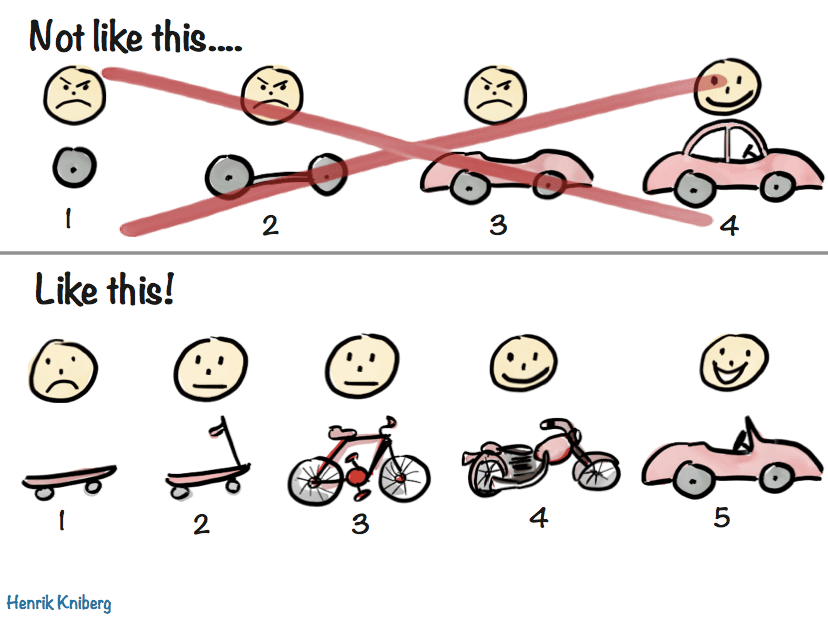Learning and earning with side projects
A side-project is something that you are doing aside from your main objective or job (englishbaby.com).
Let say want to learn new programming languages or libraries that you don't use in your main job. What better way to test and apply these than to create a small side project. Side projects are different than your main job, as there is not that much pressure or deadlines and crafting something on the side can be rewarding and fun.
As a software developer, launching side projects is not just about writing code. You also see other aspects of business, such as advertising, project management, and customer support.
Gmail and Craigslist, now hugely popular online service, started as side projects.
To successfully work on a side project, you need to allocate some free time. It's best to invest regular daily time blocks, like 30 minutes in the morning or evening, to build consistency and produce fast results.
Benefits
- Learning new things. You can learn a lot about a certain domain or technology by working on a side project. Don't worry about the initial quality of the work you produce. You'll eventually learn a better way of doing things or a new pattern and go back and rework the project.
- Earning some extra cash. If your idea is successful and you attract customers, you can start monetizing it. Placing ads on the page and setting up subscriptions are some ideas on how to get side income. Providing that you solve a problem for people and have found a good market fit, users will be willing to pay for the product or service.
- Practice creating things. Be a creator. By being an active creator, not a consumer, you'll automatically fall into an advantageous position. Spending 30 minutes a day building a side project will be tougher but will make you feel much better than watching 30 minutes of Netflix.
My advice to you regarding side projects is to try to research and launch a few products. You will see what catches on and will eventually produce a product that is useful to the customer.
Earning money from multiple projects, not just your job, is a really good idea. Diversifying your earnings reduces the risk of your job not working out and losing all the recurring income.
You never know, your side project could replace your main job and develop into a good business.
Drawbacks
Your ideas may fail, but this is completely normal.
You need to have boundaries so that your side project doesn't interfere with other commitments. Talk to your family and explain that this is something you want to pursue and work on for a few hours per week. This way, they will understand that you are not ignoring them or don't want to spend time with them.
How to plan out a side project
Just as your main job projects, your side hustle needs a clear and defined goal too.
- Idea. It could be something very niche or a hobby you are interested in. It doesn't have to be a completely new thing; you can just improve the existing system or solve a specific problem.
- Find your target audience and ask for feedback. You can find answers on Reddit, forums, Facebook Groups, etc. Get feedback from potential customers before you start implementing the idea.
I have seen so many startups and side projects fail because of the lack of need for a product or a service. Something useful to you doesn't mean it's useful for everyone.
- MVP (Minimum Viable Product). Don't implement every possible feature. Implement only the most essential feature first and get feedback on it. Release MVP as soon as possible.

Find fellow creators
Indie Hackers and Product Hunt are two great resources to find motivation and examples of side projects.
Resources
-
https://www.freecodecamp.org/news/why-side-projects-are-so-damn-important-239ba37209e/ (Why side projects are so damn important)
-
https://doist.com/blog/how-to-keep-side-projects-moving-forward/ (The 4 Secrets to Successful Side Projects)
-
https://blog.crisp.se/2016/01/25/henrikkniberg/making-sense-of-mvp (Making sense of MVP (Minimum Viable Product) – and why I prefer Earliest Testable/Usable/Lovable)
Images
- https://blog.crisp.se/wp-content/uploads/2016/01/mvp.png (MVP)